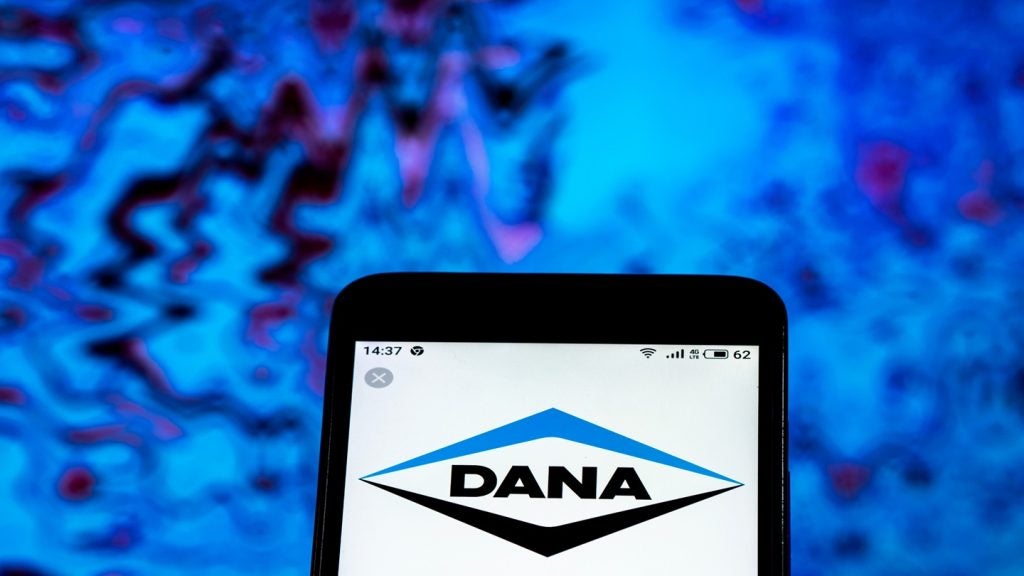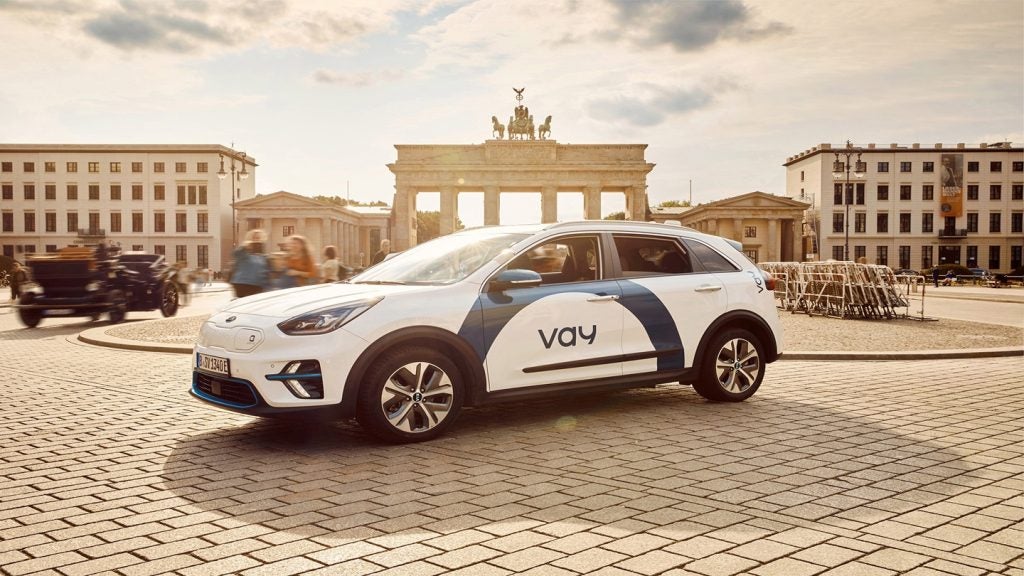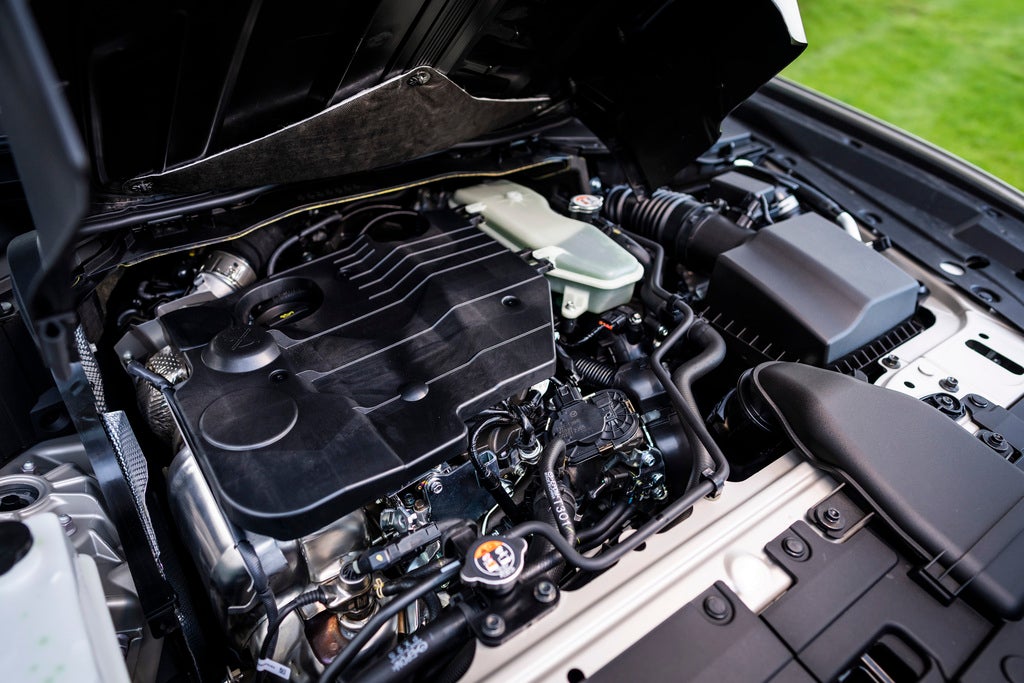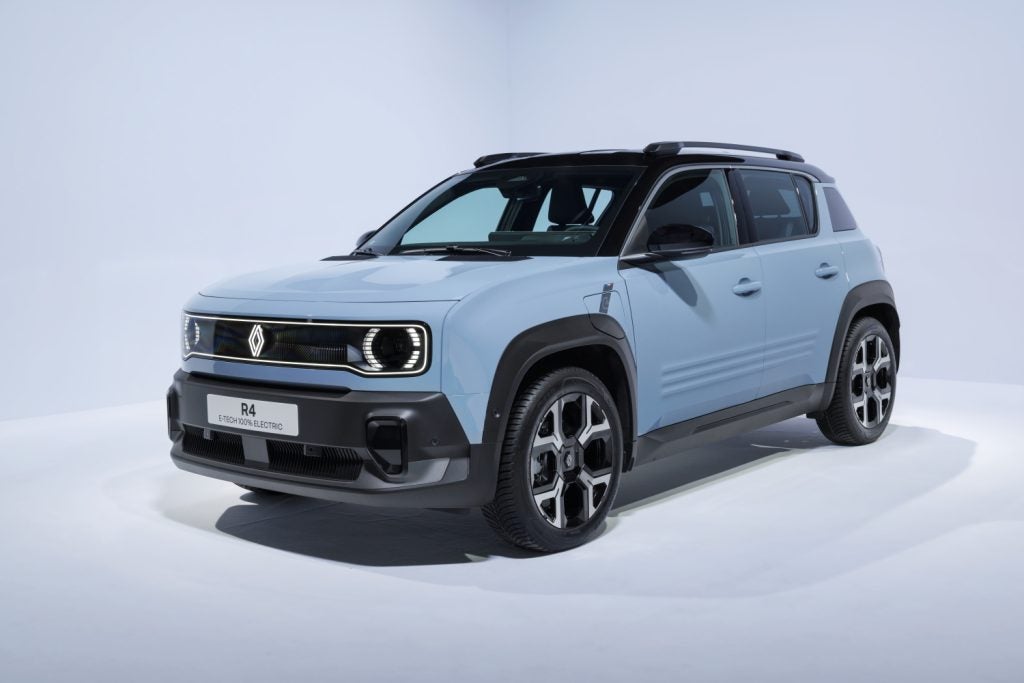 Tough going for India’s carmakers
Tough going for India’s carmakers
Among the dozen or so car manufacturers in India, most are finding the going tough at present. Faring relatively well lately is India’s leading car company, Maruti Udyog (MUL). It was in the red until 2001, but in the financial year 2001-02, it posted a moderate profit of Rs 550 million. The company is intrinsically strong, both financially as well as in terms of product popularity. However, the two oldest players in the Indian car industry, Hindustan Motors (HM) and Premier Automobiles (PAL), are facing extremely rough weather. While HM still manufactures cars, it is deep in the red. PAL has almost been written off. Its joint venture with Peugeot of France collapsed a few years ago while its tie-up with Fiat is now almost defunct. PAL now has a mere 2 per cent stake in Fiat India. Telco, manufacturers of Tata trucks and utility vehicles, is also deep in the red mainly because of the high costs involved with its car project.
In May 2002, Daewoo Motor India formally announced shutting down of its plant. With General Motors of the US not showing any interest in the Indian arm of Daewoo, nothing short of a miracle can now bring it back into commercial operation. The Korean company has invested more than Rs 30 billion in India. The remaining Indian players of Fiat India, Ford India, General Motors India and Honda Siel have yet to achieve financial breakeven in India. The ones that have announced profits include Hyundai Motors India and Daimler Chrysler India.
For the financial year ended March 31, 2002, sales of passenger cars in India remained almost flat over the previous year at 570,000 units. Just to get a global perspective, this figure is lower than the total combined sales of GM and Ford for a single month in the United States. Though it is not strictly speaking fair to compare the Indian market with that of a highly developed economy, there is a widespread feeling that the Indian automobile industry has remained rudderless for several decades since the country’s Independence in
“Those with the best technology back up and deep pockets are the ones that will survive. “ |
But things have not improved very much in recent years. The country was forced to fall in line with its obligations towards the World Trade Organisation whereby it had to get rid of all quantitative restrictions (QR) on imports from April 1, 2001. The post QR phase is now going to be the deciding era for car companies operating in India. Those with the best technology back up and deep pockets are the ones that will survive.
Maruti leads the industry and market Leading the pack among the car manufacturers is Maruti Udyog (MUL), a former 50:50 joint venture of Suzuki Motor Corporation (SMC) and the Indian Government. In May 2002 the Indian government signed a revised joint venture agreement with SMC formalising the government’s exit from the joint venture in a three-stage process. MUL will now come out with a Rs 4 billion rights issue which will be subscribed entirely by SMC raising its shareholding from 50 per cent to 54.2 per cent. The government will also get another Rs 10 billion as control premium from SMC as part of the deal.
Leading the pack among the car manufacturers is Maruti Udyog (MUL), a former 50:50 joint venture of Suzuki Motor Corporation (SMC) and the Indian Government. In May 2002 the Indian government signed a revised joint venture agreement with SMC formalising the government’s exit from the joint venture in a three-stage process. MUL will now come out with a Rs 4 billion rights issue which will be subscribed entirely by SMC raising its shareholding from 50 per cent to 54.2 per cent. The government will also get another Rs 10 billion as control premium from SMC as part of the deal.
How well do you really know your competitors?
Access the most comprehensive Company Profiles on the market, powered by GlobalData. Save hours of research. Gain competitive edge.

Thank you!
Your download email will arrive shortly
Not ready to buy yet? Download a free sample
We are confident about the unique quality of our Company Profiles. However, we want you to make the most beneficial decision for your business, so we offer a free sample that you can download by submitting the below form
By GlobalData
“MUL is today India’s leading car manufacturer and dominates the local market, although its share has declined. “ |
In the last fiscal year, the company sold 335,468 vehicles in the domestic market alone. Exports stood at 11,874 units. MUL’s fortunes are likely to be on an upswing with Suzuki taking a majority stake in the company. As part of the agreement with the Indian government, Suzuki has agreed to ensure that MUL becomes the global source for some of its models. MUL’s dominance in the Indian market can be directly attributed to the company’s strong presence in the small car segment where it is represented by cars like the Maruti 800, the Alto, the Zen and the Wagon R.
The nearest rival to MUL in India is Hyundai. In the 2001 fiscal year Hyundai Motors India sold 87,822 cars, a majority of this number clocked by its popular high roof hatchback, the Hyundai Santro.
Fiat India is currently riding a wave of success in India with the launch of the hatchback small car, the Palio. The car was launched in October 2001 and volume has steadily growing. The company is now increasing its production by 50 per cent at its Kurla plant in the Indian state of Maharashtra. The plant currently produces 200 cars every day – including both Palio and Uno models. The company is aiming to stabilise production between 7,500 units to 10,000 units per month at the plant.
Other players in the Indian passenger car industry are clearly big names to reckon with globally, but with small sales figures in India. The reason is mainly the predominance of the small car sector. Without a strong presence in small cars, building share in India is considered difficult.
In the 2001 fiscal year, Ford India sold 15,131 Ford Ikon cars and exported 30,392 units in CKD (Completely Knocked Down) form. General Motors India sold 8,473 units and exported a mere 47 units. GM India’s products include the Opel Astra, the Opel Corsa and the Corsa Swing (an estate/wagon version). Honda Siel, which makes the Honda City car, sold 10,821 units in fiscal 2001 (with no exports).
As for pure hard-core Indian companies, there is only one substantial player left – Telco, the flagship company of the locally prestigious Tata group of companies. Though it has made a success of its small hatchback car, the Indica, powered by a 1.4 litre petrol and diesel engine, it is looking out for a foreign company to give it a fresh lease of life and raise volume. The company has raised the sales target for the current financial year for the Indica car to around 80,000 units. It hopes to sell another 10,000 units of the Indica sedan that it intends launching late September 2002.
Telco is currently deep in the red and reports indicate that it is looking to DaimlerChrysler to provide the much-needed technology input for its company to survive in the long run. Telco once had a joint venture with Daimler-Benz to manufacture Mercedes-Benz cars in India. Telco has since withdrawn from this venture while DaimlerChrysler India operates in the form of a 100 per cent subsidiary.
Table1: Passenger cars sales and production figures for fiscal 2001-02
NB: Fiscal year runs April through March
Source: Society of Indian Automobile Manufacturers, New Delhi, India
Besides Maruti and Telco, the other two indigenous Indian automobile companies are Hindustan Motors (HM) and Premier Automobiles (PAL). Though HM continues to make its historical curio three box car, the Ambassador, based on the Morris Oxford of the 1950s, it has inked new tie-ups to bring in more modern technology and products. Through its technology tie-up with Mitsubishi Motors of Japan, HM has successfully introduced the Mitsubishi Lancer, a premium product. In May of this year it launched the Mitsubishi Pajero, targeted at the ‘super rich’ of India.
Unlike its rival of yesteryears, PAL is now almost defunct. While its tie-up with Peugeot of France collapsed a few years ago, its second venture with Fiat faded away over a period of time. The Italian major is now operating on its own on Indian soil and is pleased with progress now that the Palio is increasing its sales.
The future
The ending of quantity restrictions on imports means that it is almost inevitable that there will be an increase in the import of newer completely built up (CBU) models. DaimlerChrysler has already announced its intention to launch several models through the CBU route. At present just the SLK, CLK variants and M-class models of the Mercedes Benz are brought into India through the CBU route. General Motors is yet to formalise its plans to import the Isuzu Panther.
However, the Indian government has attached riders on the import of CBU vehicles, such as permitting only the import of high-e
“It is only a matter of time before a few more Indian car companies go the Daewoo way.” |
So, the view of many in the industry is that the government’s policy towards the automotive industry will continue to be governed by changing policies and regulations and that will impede development. From infrastructural shortcomings to high excise duty rates on vehicles (40 per cent), the path for car manufacturers is strewn with hurdles. It is only a matter of time before a few more Indian car companies go the Daewoo way. Unless of course the Indian government decides to treat the car industry with a bit more respect.
P.Tharyan
1 USD = 49.088 INR (Indian Rupee)
One INR = 0.0204 USD








